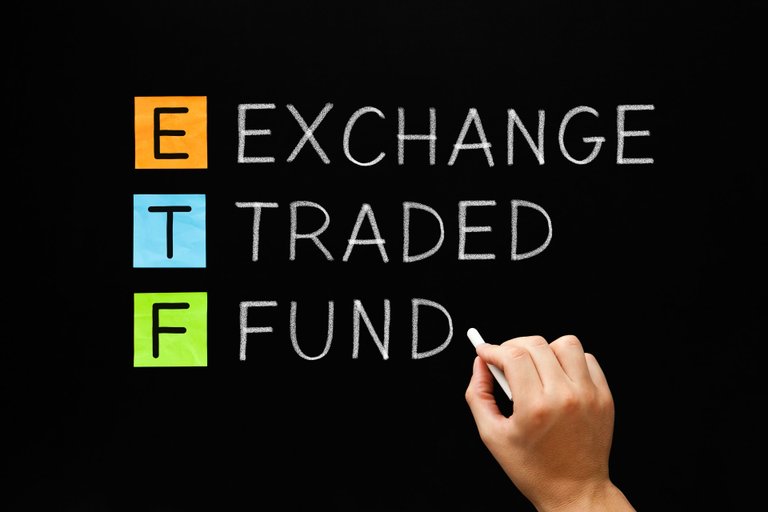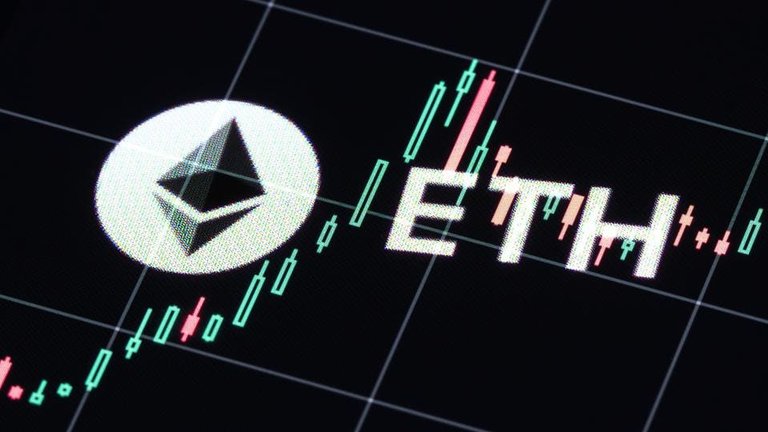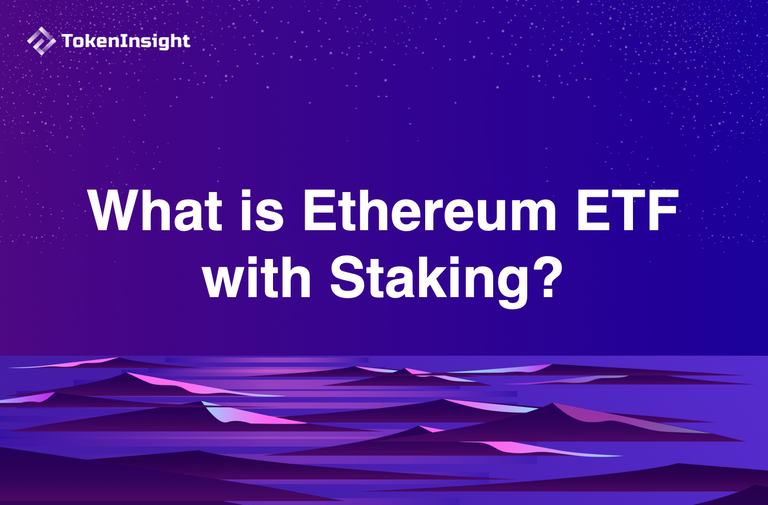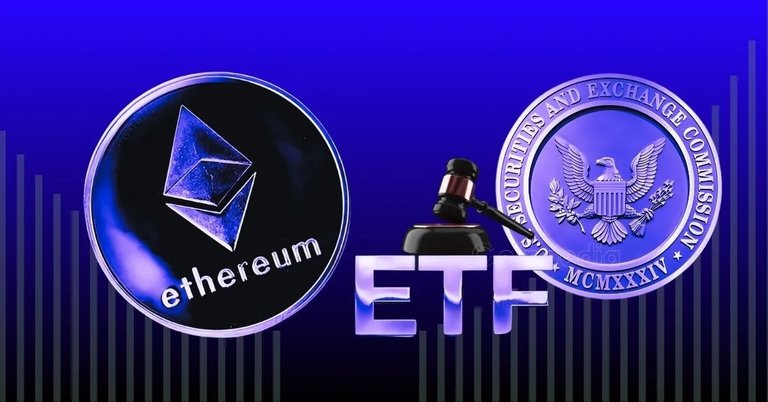Ethereum ETFs and Staking: A Turning Point for Crypto Investment?

The Staking Dilemma: Why Ethereum’s Path to ETFs Is More Complex Than Bitcoin’s
While Bitcoin secured spot ETF approval with relative ease, Ethereum has faced significant hurdles—primarily due to its staking mechanism. Ethereum’s transition to proof-of-stake (PoS) introduced a passive income feature for users who lock their ETH to support blockchain operations.
However, while direct ETH holders can participate in staking, spot ETFs have been unable to do so—not just due to practical concerns but also because of the potential regulatory implications.
✔ The Security Classification Risk – Earning staking rewards could push Ethereum into a legal gray area, potentially classifying ETH as a security under the Howey Test.
✔ Current Restriction on Staking in ETFs – To avoid these complications, existing Ethereum spot ETFs exclude staking, limiting them to passive ETH holdings.
This regulatory uncertainty has slowed institutional adoption, but a groundbreaking proposal could soon change that.
Cboe BZX Exchange Proposes the First Ethereum Spot ETF with Staking
The status quo may soon shift, as the Cboe BZX Exchange—one of the largest U.S.-regulated stock exchanges—has formally requested an amendment to include staking rewards in the 21Shares Core Ethereum ETF.
✔ Regulatory Milestone – If approved, this would be the first U.S. Ethereum ETF to integrate staking, marking a major evolution in crypto-based financial products.
✔ Form 19b-4 Submission – The request, filed via Form 19b-4, seeks SEC approval to modify existing ETF structures to accommodate staking.
✔ Cboe’s Crypto Legacy – As one of the earliest regulated exchanges to support Bitcoin and Ethereum ETFs, Cboe has played a crucial role in bridging crypto and traditional finance.
For context, Form 19b-4 is a document that regulated U.S. exchanges must submit to the SEC (Securities and Exchange Commission) whenever they seek to modify listing rules or introduce new financial products. In this case, the form signals a shift in ETF dynamics—one that could redefine how Ethereum-based investment vehicles operate.

The Implications of SEC Approval: A Gateway for More Crypto ETFs?
If the SEC grants approval, this decision could have far-reaching consequences:
✔ New Staking-Enabled ETFs – The introduction of staking rewards into ETFs could pave the way for similar products across other proof-of-stake cryptocurrencies.
✔ Institutional Appeal – The ability to generate passive yield enhances the attractiveness of Ethereum ETFs for institutional investors.
✔ Regulatory Precedent – If the SEC permits staking in ETFs, it may need to reconsider its broader stance on staking and securities classification.
However, the move is not without risks. The SEC’s primary concern is that staking resembles dividend payments, which could support the argument that ETH functions as a security. Under the Howey Test, an asset qualifies as a security if it represents an investment in a common enterprise with the expectation of profits generated by the efforts of others.
Given these complexities, Bloomberg analyst James Seyffart estimates that the SEC’s final decision will likely come by October 30.
How Would Staking Work in the 21Shares Core Ethereum ETF?
The proposed amendment to Form 19b-4 provides clarity on how staking would be integrated into the ETF while ensuring transparency and security.
✔ Staking Process – The ETF sponsor (the entity managing the fund) will periodically allocate a portion of ETH holdings to external staking providers.
✔ Third-Party Staking Providers – Only regulated and institutional-grade staking services—such as licensed exchanges or staking specialists—will be permitted.
✔ Conflict of Interest Prevention – The sponsor will explicitly exclude any affiliated entities, ensuring that ETF-linked staking services remain independent from the managing firm.

Distribution of Staking Rewards and Investor Impact
✔ How Staking Rewards Are Earned – When ETH is staked, it generates new ETH as rewards. These earnings will be collected by the ETF trust and could be classified as fund income.
✔ Potential Benefits for Investors – The ability to generate staking yield transforms the ETF from a passive holding vehicle into an income-generating asset. This could make Ethereum ETFs significantly more attractive compared to their non-staking counterparts.
Will the SEC Approve Ethereum ETFs with Staking?
The SEC has historically taken a cautious approach to crypto regulation, but political shifts may signal a changing stance.
✔ Trump’s Potential Influence – The former SEC chair, Gary Gensler, resigned on Trump’s inauguration day, suggesting that policy shifts are on the horizon.
✔ Ethereum’s Decentralization Argument – Unlike traditional companies, Ethereum is not a centralized entity promising returns to investors. Instead, staking is a protocol-native function, making it more akin to a bond yield than a corporate dividend.
✔ Fair Market Treatment – If ETFs with bond yields and other productive assets are permitted, denying Ethereum staking would create an unfair regulatory advantage for traditional finance over retail crypto users.

Final Thoughts: A Watershed Moment for Crypto ETFs?
The SEC’s decision on Ethereum staking ETFs will have long-term ramifications for the crypto and financial sectors.
✔ If approved, it would validate staking as a regulated financial activity and open doors for a new wave of crypto ETFs.
✔ If denied, it could reinforce the SEC’s historically restrictive stance on digital assets, potentially delaying institutional adoption.
With the final decision expected by late October, all eyes are on the SEC—whose ruling could redefine how Ethereum and other PoS cryptocurrencies are integrated into mainstream finance.
https://www.reddit.com/r/ethereum/comments/1ja7spr/ethereum_etfs_and_staking_a_turning_point_for/
The rewards earned on this comment will go directly to the people( @davideownzall ) sharing the post on Reddit as long as they are registered with @poshtoken. Sign up at https://hiveposh.com. Otherwise, rewards go to the author of the blog post.